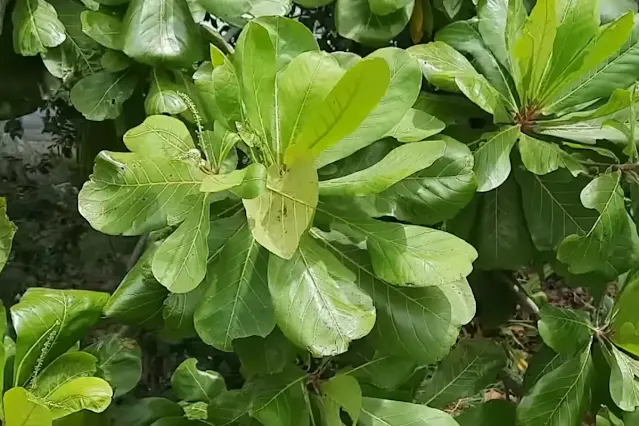The Talisay tree (Pterocarpus indicus), also known as the Narra tree, is a prized tropical hardwood native to the Philippines and Southeast Asia. Known for its beautiful foliage, hardwood timber, and ecological value, propagating Talisay trees can be rewarding for gardeners, foresters, and nature enthusiasts alike. This guide will walk you through the best methods for Talisay tree propagation, including seed sowing, cuttings, and grafting, while offering practical tips on care and growth conditions.
What Is the Best Method to Propagate Talisay Trees?
What is the easiest way to propagate a Talisay tree?
Answer: Propagating Talisay trees from seeds is the easiest and most common method. Seeds should be collected from mature pods, soaked in water for 24 hours to enhance germination, and sown in well-draining soil. Germination typically occurs within 2 to 4 weeks under warm, tropical conditions.
Methods of Propagating Talisay Trees
1. Propagation by Seeds
Seeds are the most straightforward propagation method for Talisay trees. Here's a step-by-step process:
- Seed Collection: Collect mature seed pods during the dry season when they naturally fall off.
- Seed Preparation: Soak the seeds in water for 24 hours to soften the hard seed coat for better germination.
- Sowing: Plant seeds in nursery beds or containers filled with a mixture of sandy loam soil and compost for optimum drainage and nutrients.
- Care: Keep the soil moist but not waterlogged. Seeds usually germinate within 2 to 4 weeks.
- Transplanting: Once seedlings reach 15-20 cm, transplant them to larger pots or directly to a shaded nursery area.
2. Propagation by Cuttings
While less common, vegetative propagation through cuttings can be done to produce clones of superior trees.
- Select Healthy Branches: Take semi-hardwood cuttings about 15-30 cm long during the active growth phase.
- Use Rooting Hormones: Dip the cut ends in auxin-based rooting hormones to stimulate root development.
- Plant Cuttings: Insert cuttings into a container with a sandy and well-draining rooting medium.
- Maintain Humidity: Cover cuttings with plastic or use a misting system to keep humidity high.
- Rooting Time: Roots typically develop within 6-8 weeks.
3. Grafting and Budding
Grafting is used mainly in forestry or commercial propagation to combine the best rootstock and scion characteristics.
- Rootstock Preparation: Choose healthy, young seedlings as rootstock.
- Scion Selection: Select scions from mature Talisay trees with desirable traits.
- Grafting Techniques: Use cleft grafting or side veneer grafting during the dormant season.
- Care: Secure graft unions and maintain a humid environment until the graft heals.
Essential Conditions for Propagation and Growth
- Soil Requirements: Talisay prefers well-drained, slightly acidic to neutral soils rich in organic matter.
- Climate: Thrives in tropical to subtropical climates with consistent warmth and moderate rainfall.
- Watering: Maintain adequate moisture during early growth stages but avoid waterlogging.
- Sunlight: Seedlings and cuttings do well under partial shade initially but require full sun as they mature.
- Pests: Watch out for common pests like leaf-eating caterpillars and fungal infections; regular monitoring is recommended.
Frequently Asked Questions
How long does it take for Talisay trees to grow from seeds?
Talisay seedlings usually take 2-4 weeks to germinate, but it may take several years for the tree to reach maturity. Early stages focus on establishing strong roots and shoots.
Can Talisay trees be propagated by cuttings?
Yes, Talisay trees can be propagated by semi-hardwood cuttings, but it is less common due to slower rooting success compared to seeds.
Do Talisay trees require special soil conditions?
They do best in well-drained, fertile soils with slightly acidic to neutral pH levels but are adaptable to various soil types in tropical climates.
What are the ideal climate conditions for Talisay tree growth?
A warm tropical climate with moderate rainfall and good sunlight suits Talisay trees best.
